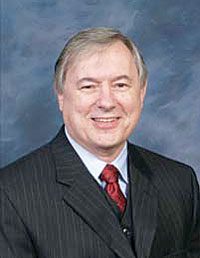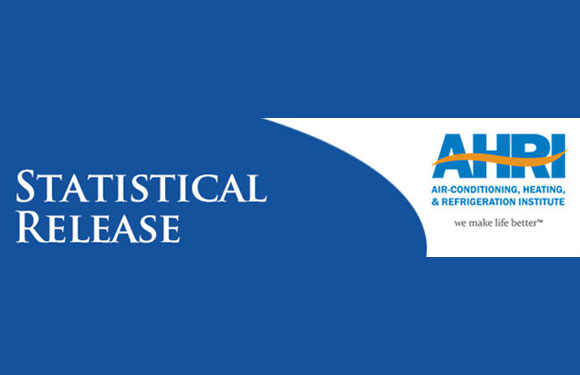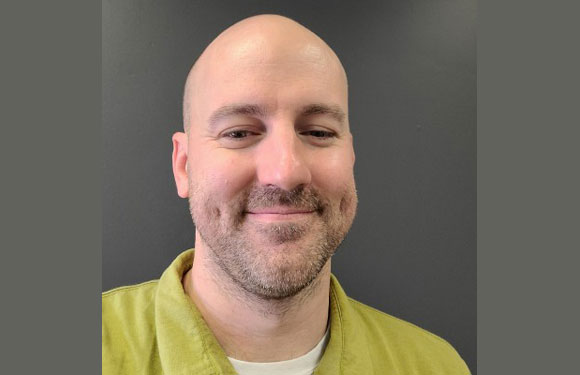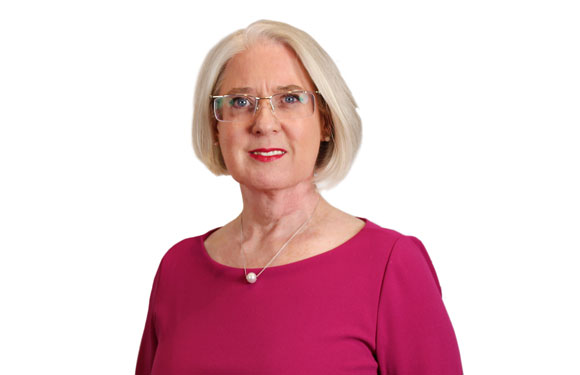
News
Celebrating Our Earth, Now More Than Ever
By Tom Murray
I am sure he read the newspapers and listened to the news that Sunday in June 1969. The Cuyahoga River in Cleveland had caught fire due to an oil slick on the river caused by decades of industrial waste discharged into it by nearby manufacturing plants. Would this be the event that would ignite an environmental course of action by his colleagues in Congress? The alarming story told by Rachel Carson in 1962 of eggshell thinning caused by the application of synthetic pesticides like DDT had not done so. Nor had the increasing number of reports of fish kills occurring throughout the United States. He thought that the southern California oil spill which occurred earlier that year in January most certainly would have stimulated legislative attention. It did not. And now a river had caught fire.

Back in 1963, he had introduced draft legislation on the Senate floor to ban DDT. Not one single member of Congress would support him. His only breakthrough in raising environmental awareness came when President John F. Kennedy responded to his request to join him and Secretary of the Interior Stewart Udall on what they called a Conservation Tour. During this five-day trip, the President visited eleven states from Pennsylvania to California and delivered fifteen speeches. While most of his addresses focused on the environment and were intended to raise the country’s awareness of existing problems, his political agenda concerning the country’s national and international affairs always took precedence.
Anyone else might have given up the fight, especially if he or she was a Senator of the United States. After all, there were future elections to think about and other issues to care about such as the growing unrest and distrust surrounding the possible deployment of U.S. troops to join the conflict in Vietnam in 1965. But this Senator was no ordinary Senator. He cared deeply for the environment especially in his home state of Wisconsin. No, for Senator Gaylord Nelson, there had to be another way to focus the nation’s interest on an environment that was under constant assault with no policies in sight to protect it.
He watched with growing interest the efforts of free-thinking and well-informed college student leaders, who were organizing events protesting the war in Vietnam while galvanizing America’s young people around interests and ideals that were vitally important to them, their futures and their dreams. Could he tap into that sea of enthusiasm and generate such passion for the environment among his Congressional colleagues?
Perhaps, it was these thoughts that prompted him to pick up the phone and reach out to one Denis Hayes, a Stanford graduate and a fellow Wisconsinite, to ask him for help in drawing together the nation’s young people and focusing their attention on the environment.
From this relationship grew the idea of a special day dedicated to the planet Earth, driven by America’s young people and focused on actions, not words. It would be held on Aril 22, 1970 and would simply be called “Earth Day”.
The organizers of this inaugural Earth Day reached out to two thousand colleges and universities, ten thousand primary and secondary schools and hundreds of communities nationwide. But, would they answer the call? Yes, indeed.
When Earth Day finally arrived on April 22, 1970, an estimated 20 million people nationwide gathered in public parks, college campuses and high school auditoriums to do their part to raise environmental awareness. And then, armed with brooms, rakes, shovels and unfathomable energy, they put those words into action. Newspapers the next day would carry photos of people sweeping public venues, planting trees, holding fundraisers, and picking up garbage. Earth Day was a success!
The spirit of that original earth day has not weakened over the years. I was proud to help plan many of them during my career at EPA. In 1990, Earth Day went international and, according to the Earth Day Network, it is now celebrated in 193 countries every year.
On April 22, 2020 we celebrate the 50th anniversary of the first Earth Day. While 20 million people participated in the first Earth Day in 1970, several billion people, globally, are expected to celebrate her in 2020.
As Senator Gaylord Nelson stood proudly before President Bill Clinton in September 1995 to receive the Presidential Medal of Freedom for his environmental achievements, one must wonder where his thoughts travelled. My guess is that he was silently thanking people like you and me and the thousands of others who have chosen to follow in his footsteps.
———————–
As I sat down to write this piece, my goal was to focus exclusively on the 50th anniversary of Earth Day. Little did I know that we, as a global community, would be focused not on how we must meet the next environmental challenge, but rather on how we must win the battle against COVID-19. I am confident that, like the movement which produced the original Earth Day, we will come together and meet and learn from this unexpected challenge, as well. And, as we embark on the next fifty years of celebrating the Earth, we will do so with a more well-informed attitude and a deeper appreciation for the fragility of this planet which we call home.
About Tom Murray
Tom Murray is a pollution prevention and sustainability expert and Director of Utility Relationships for the Thermostat Recycling Corporation (TRC). Tom retired from the U.S. Environmental Protection Agency in 2016 after over 44 years in government service. At EPA, Tom served as a Senior Science Advisor, leading efforts to develop action plans for several persistent, bioaccumulative, and toxic chemicals including Mercury.
All views expressed here are my own and do not represent the opinions of any entity whatsoever with whom I have been, am now or will be affiliated.














